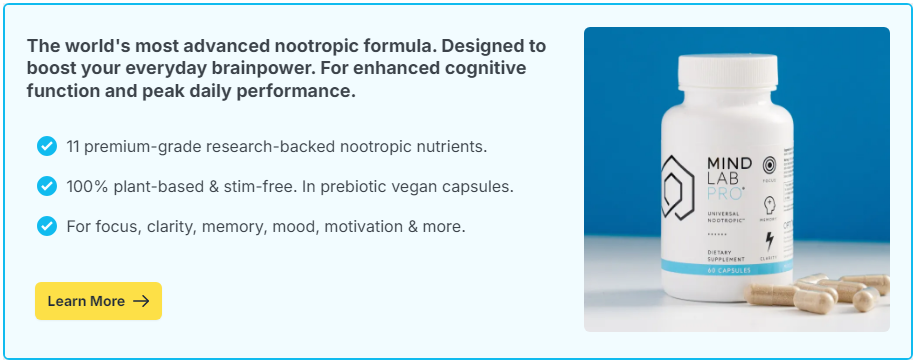
Brainstorming is a cornerstone of creativity. From classrooms to boardrooms, people gather to generate ideas, solve problems, and innovate. Yet despite its popularity, brainstorming often falls short of its potential. Many sessions devolve into long discussions with a few dominant voices, while others leave participants mentally drained rather than inspired. The good news is that science offers insights into how brainstorming can be optimized. By applying proven strategies, groups can unlock deeper creativity and produce ideas that truly stand out.
Contents
The Psychology of Brainstorming
At its core, brainstorming is about divergent thinking – the ability to generate multiple possible solutions instead of focusing on one right answer. This process taps into creativity by encouraging free association, playfulness, and the suspension of judgment. However, human psychology often works against these goals. Fear of criticism, groupthink, or social pressure can cause participants to self-censor, limiting the variety of ideas shared.
Psychologists also point out that our brains operate in two modes: focused and diffuse. The focused mode excels at analysis and problem-solving, while the diffuse mode thrives on big-picture thinking and creativity. Effective brainstorming engages both, giving the mind room to wander before narrowing ideas down into practical solutions. Sessions that lean too heavily on analysis early on may stifle innovation before it has a chance to emerge.
Common Pitfalls in Traditional Brainstorming
While brainstorming has been embraced worldwide, research suggests that traditional approaches are not always effective. Some common pitfalls include:
- Groupthink: Participants conform to popular ideas rather than voicing unique perspectives.
- Unequal participation: Extroverts or authority figures dominate, while quieter voices are overlooked.
- Evaluation anxiety: Fear of judgment causes participants to filter ideas instead of sharing freely.
- Cognitive overload: Long, unstructured sessions overwhelm participants and reduce creativity.
- Premature judgment: Critiquing ideas too early cuts off creative exploration.
These pitfalls explain why some sessions feel unproductive despite everyone’s best intentions. Optimizing brainstorming means addressing these barriers head-on.
Optimizing the Environment for Creativity
The setting of a brainstorming session can make or break its effectiveness. Environments that feel open, relaxed, and supportive encourage more participation. Simple adjustments, such as using natural light, providing comfortable seating, or allowing movement, can boost creative energy. Many teams also find value in changing locations – holding sessions outdoors, in informal lounges, or even virtually to break the monotony of standard meeting rooms.
Psychologists highlight the importance of psychological safety as well. Participants should feel free to share unconventional or “wild” ideas without fear of ridicule. Establishing ground rules – such as withholding criticism during the idea-generation phase – creates an atmosphere where creativity can flourish.
Techniques That Enhance Brainstorming
Several evidence-based techniques can elevate brainstorming beyond the traditional free-for-all. Some of the most effective include:
- Brainwriting: Instead of speaking ideas aloud, participants write them down first. This levels the playing field and reduces dominance by outspoken individuals.
- SCAMPER Method: A structured approach where participants modify existing ideas by asking questions like: What can we substitute, combine, adapt, modify, put to another use, eliminate, or rearrange?
- Nominal Group Technique: Everyone generates ideas individually before sharing them with the group, ensuring balanced contributions.
- Mind Mapping: Visual diagrams connect related ideas, helping participants see patterns and develop new angles.
- Reverse Thinking: Asking “How could we make this problem worse?” often reveals overlooked solutions when the question is flipped back to positive form.
These methods provide structure while still leaving space for creativity, making them particularly effective in preventing common brainstorming pitfalls.
The Role of Breaks and Downtime
Research consistently shows that creativity benefits from rest. Breaks during brainstorming sessions allow the diffuse mode of thinking to take over, leading to fresh insights. Even short pauses for stretching, walking, or light conversation can reset mental energy. This is especially true when tackling complex or abstract problems that require new perspectives.
Some of the most innovative ideas emerge after stepping away from the problem entirely. Known as the “incubation effect,” this phenomenon demonstrates why rushing through brainstorming without pauses may limit creative breakthroughs.
Nootropics and Cognitive Support for Creativity
Another area of interest for enhancing brainstorming sessions is the use of nootropics, sometimes referred to as brain supplements. These compounds are designed to support focus, memory, and creativity. For example, L-theanine combined with caffeine is often used to promote alertness without jitters, while Bacopa monnieri has been studied for its potential to enhance memory recall. Adaptogens like Rhodiola rosea may help reduce stress, a major inhibitor of creativity.
While no supplement can replace a supportive environment or effective brainstorming techniques, nootropics may help participants stay mentally energized and clear-headed during long sessions. Combined with proper sleep, hydration, and structured breaks, they can provide an extra boost for teams aiming to generate high-quality ideas.
Actionable Tips for Better Brainstorming
To make brainstorming sessions more effective, consider these actionable strategies:
- Set clear goals for the session to provide direction without limiting creativity.
- Encourage quantity over quality initially – ideas can be refined later.
- Incorporate both individual and group idea generation to balance contributions.
- Rotate facilitators to prevent one person from dominating the process.
- Capture every idea, no matter how small, to prevent insights from being lost.
- Schedule breaks to reset mental energy and reduce cognitive overload.
These simple adjustments create a more inclusive, energized, and productive environment where creativity can thrive.
Brainstorming has the potential to unlock remarkable creativity, but only when structured thoughtfully. By addressing common pitfalls, fostering psychological safety, and incorporating science-backed techniques, groups can transform brainstorming sessions into powerful engines of innovation. The addition of breaks, supportive environments, and even nootropics can further enhance mental performance. Optimized brainstorming is not about louder voices or longer sessions – it is about creating the right conditions for ideas to emerge, connect, and grow.

